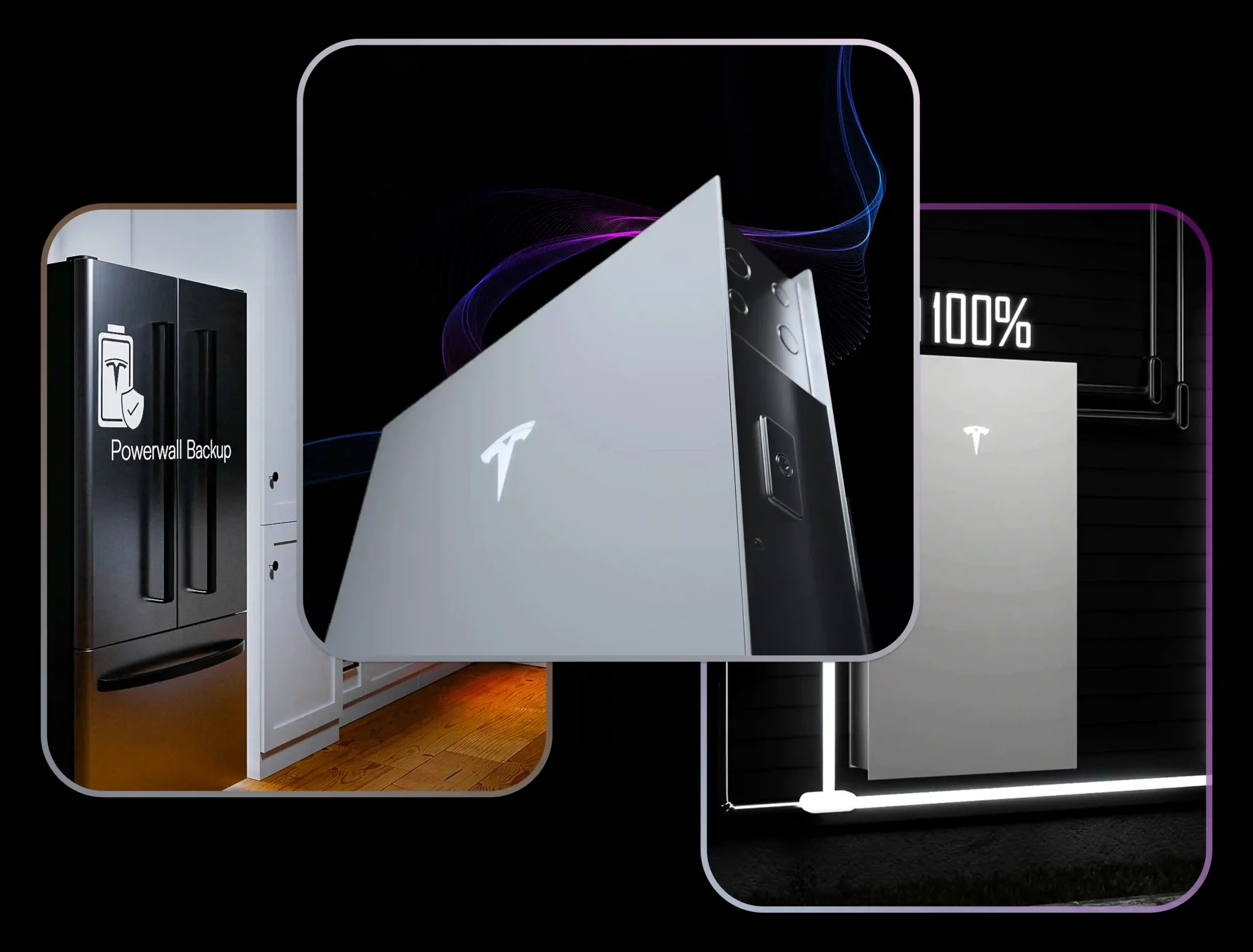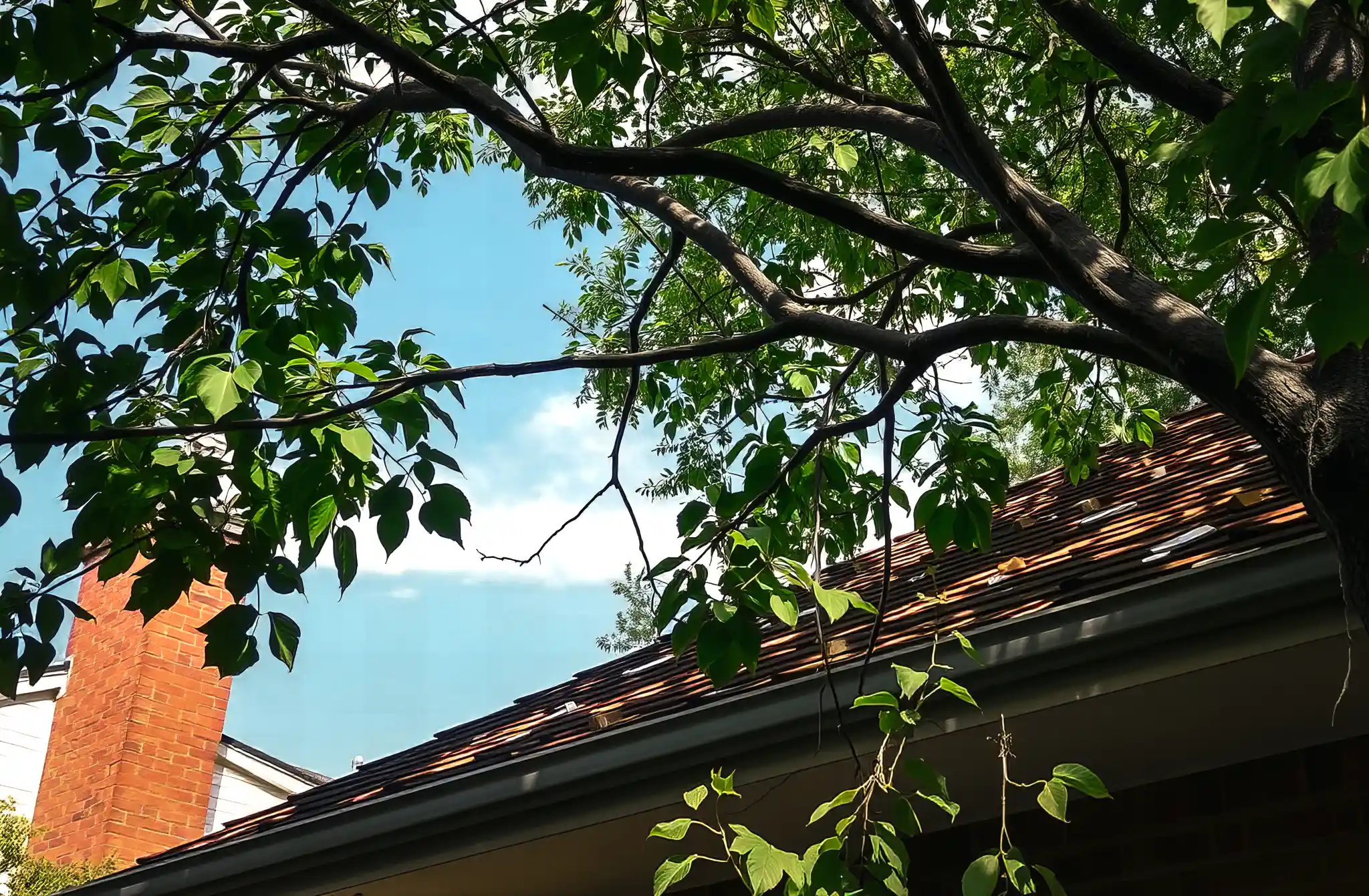The days of generous solar incentives are finally coming to an end. Over the coming months, several solar incentives that are currently available to New Yorkers will be phased out. But there’s still time to take advantage of these programs before they’re gone for good.
New Yorkers have access to some of the best solar incentives in the entire country. These incentives have been giving everyday homeowners free government assistance with the average homeowner getting 40-70% of the project cost covered by incentives. But homeowners who install solar after 2025 won’t be so lucky.
In the sections below you will learn which incentives are safe in 2026 and which programs are coming to an end.
The 30% Federal Tax Credit
For the last 20 years, homeowners who install solar could get 30% of the system cost back in the form of a tax credit when they file their taxes. This is not a tax deduction, it’s a dollar-for-dollar refund of your federal taxes.
This solar tax credit has helped millions of homeowners upgrade their homes with solar panels and lock in their energy rates. By offsetting 30% of the cost, it has made solar far more accessible to low- and middle-income families.
Although this tax credit was previously extended until 2032, the Federal government recently voted on a bill to end this program in 2026. This gives homeowners who want to claim this incentive only a handful of months to get solar panels installed before the deadline.
How Will This Impact Solar Pricing?
Once the tax credit goes away, the cost of going solar will instantly jump 30%.
The magnitude of impact this will have on the solar industry will vary from state to state. In areas with very low utility rates, solar may cost more than buying electricity from a power company. But in areas like New York or California, homeowners will see reduced savings, but they will still save from day one.
That means the upfront savings generated by a system installed in 2025 will be 30% more than the same system being purchased and installed in 2026. This realization has caused many homeowners who were previously on the fence about solar to move quickly and get their projects underway before the window closes.
Limited Time & Space
With the tax credit ending, 2025 is shaping up to be the busiest year ever for solar installations.
Immediately following the announcement that the tax credit was being eliminated, we saw a noticeable surge in homeowner interest including a 40% increase in phone calls, online appointment requests.
Many solar installers have already begun scaling up their installation capacity to meet the surge in demand. However, real limitations are beginning to surface. Even if every installer tripled their output over the next six months, there would still be a sizable gap between current demand and what the industry can realistically deliver before the deadline.
This means that waiting even a month or two could prevent you from working with a reliable installer to get your panels installed before the deadline hits.
The Risks Of Peak Demand And Limited Supply
The sudden cut to the solar tax credit has caused a ripple effect across the solar industry. As thousands of homeowners now rush to take advantage of the incentive before it expires, the demand for experienced installers could quickly outpace the available supply.
And even the indirect consequences of this could be huge:
- Longer wait times for installs (average timelines already stretching beyond 6-8 weeks)
- Reputable installers could reach install capacity well before the deadline.
- Premium equipment options may become limited as top-tier products are claimed by early adopters.
But experienced installers saw this coming. 🙋
Over the last few months we’ve been proactively expanding our teams from customer service and installation to maintenance and support. We’re now fully prepared to handle 2-3x the number of projects we completed in the first half of 2025, without sacrificing quality or speed.
Increased demand has also drawn in a wave of new or struggling companies entering the market with pricing that may look appealing but doesn’t always tell the full story:
- Some newer companies are offering unusually low prices in an attempt to capitalize on short-term demand before exiting the market.
- Others may be slashing prices simply to survive, even if it means cutting corners or offering systems they don’t plan to support long-term.
That’s why who you choose and when you choose them matters now more than ever.
What Incentives Are Still Available In New York?
In addition to the 30% federal tax credit, New Yorkers have had access to several other solar incentives that significantly cut the cost of going solar.
- NY State Solar Income Tax Credit (up to $5,000)
- NYSERDA rebates (varies per zip code)*
- Net metering programs
- Property tax exemptions
When combined, these incentives allow New Yorkers to install solar with no money upfront, save money on their energy costs right away, and send their excess energy back to their electric company for a full 1:1 credit. Even without the federal solar tax credit, solar will still make sense in New York. But if you pay federal income taxes, 2025 will be your last chance to get 30% of the project cost covered for you by Uncle Sam.
*It is worth noting that the NYSERDA rebate is on track to expire before the end of 2025. Once this rebate expires, it will only be available for low to moderate income households.
The Real Cost Of Waiting
Let’s compare the cost of a $30,000 system purchased with and without 2025 solar incentives.
2025:
- 30% Federal Tax Credit: -$9,000
- NYS Tax Credit: -$5,000
- NYSERDA Rebate: -$1,500 (average)
- Net Cost: $14,500
2026:
- Federal Credit: $0
- NYS Tax Credit: -$5,000
- NYS/NYSERDA: Expired or limited
- Net Cost: $25,000
Now it’s important to understand that a $30,000 system can offset $80,000+ worth of electricity during its 25 year warranty period. Buying electricity will always be more expensive than solar power.
Frequently Asked Questions (FAQ)
Will the 30% solar tax credit be extended?
Sadly, no. The legislation passed this year ends the credit after 2025. While future extensions are always possible, nothing is in place at this time.
Can I still qualify if I sign a contract in 2025?
At this time, the safest path is to have your system fully installed and operational before December 31, 2025. We recommend getting started now to ensure you beat the deadline.
What happens if I lease my solar panels?
The 30% federal tax credit only applies to owned systems. If you lease, the credit goes to the leasing company.
Do I need a certain income to qualify for the tax credit?
Yes. These are tax credits, so you need to have enough tax liability to use them. We recommend you speak with your accountant or tax advisor to be sure.
Are NYSERDA rebates still available?
Yes, but they are expected to become limited or phased out by the end of the year. Details may change, so it’s important to act soon.
Please note: This is an ongoing policy matter, and certain details, especially around deadlines, rebate availability, and eligibility, may continue to change. We will update this page as new information becomes available. In the meantime, we recommend speaking with a licensed tax professional or energy advisor to confirm the most accurate and current guidance for your specific situation.
Final Thoughts & The Future Of Solar:
Not all is lost for homeowners who install solar in 2026 and beyond. New Yorkers will still see day one savings and protect themselves from rising utility costs, especially since we have some of the highest electricity rates in the country.
But the difference between going solar now and waiting could be thousands of dollars in lost incentives. 2025 is truly your last chance to lock in the most savings while these incentives are still available and trusted installers still have availability.
If solar has been on your to-do list, now is the time to get a savings report and find out which incentives you qualify for… while they’re still available.
Want to See What Incentives You Qualify For?
Schedule a Free Solar Consultation To See Your Exact Savings and Options.


